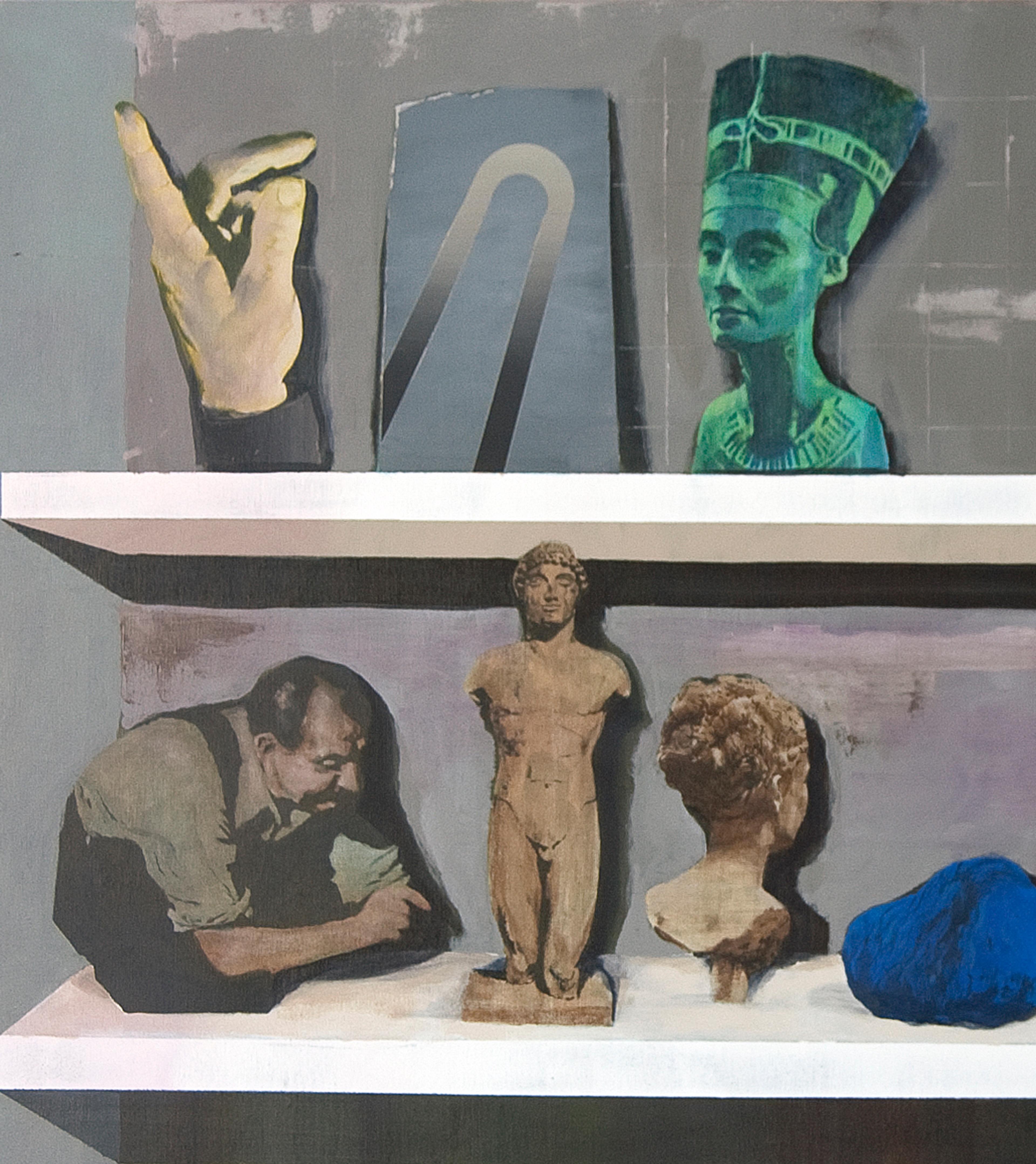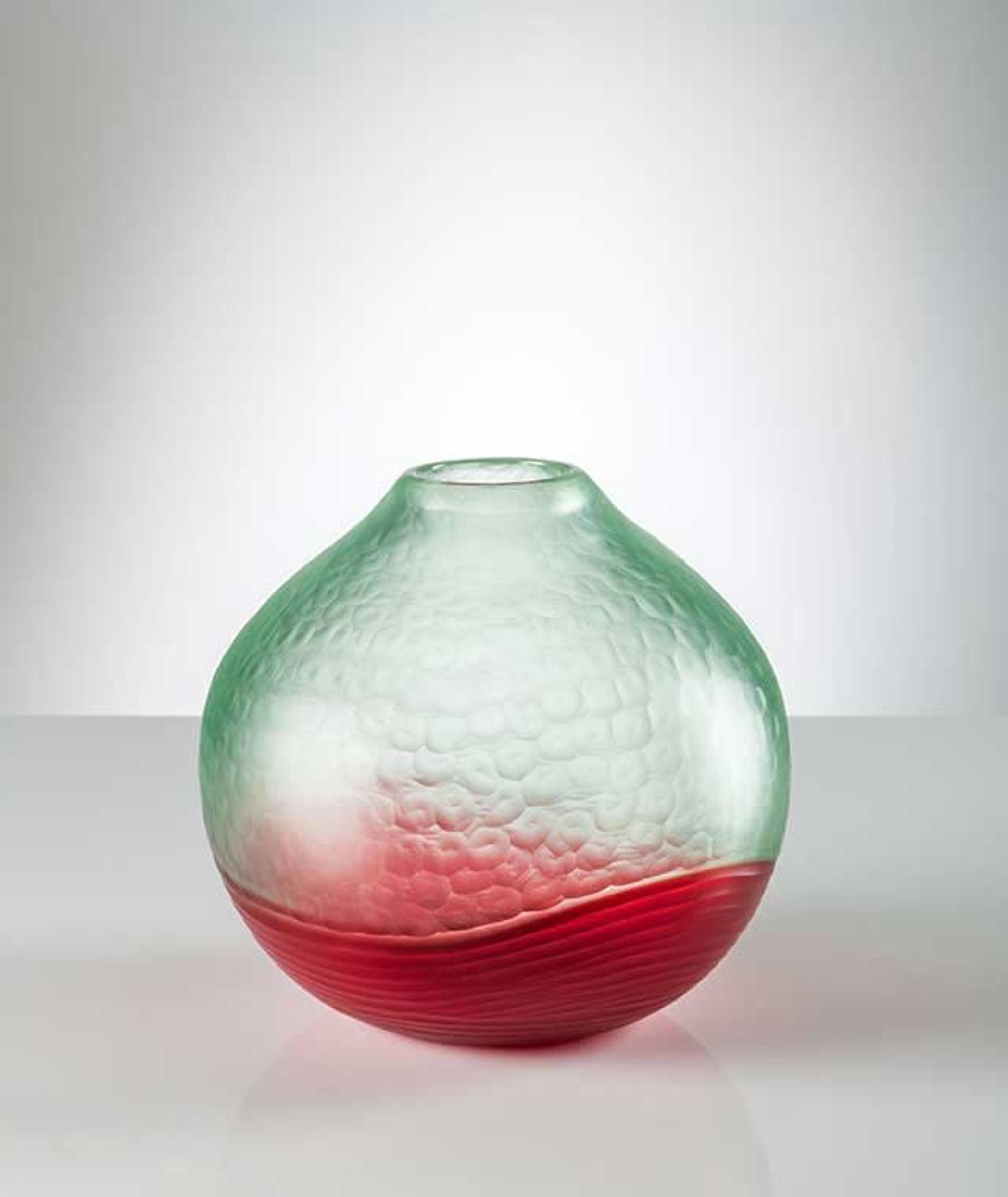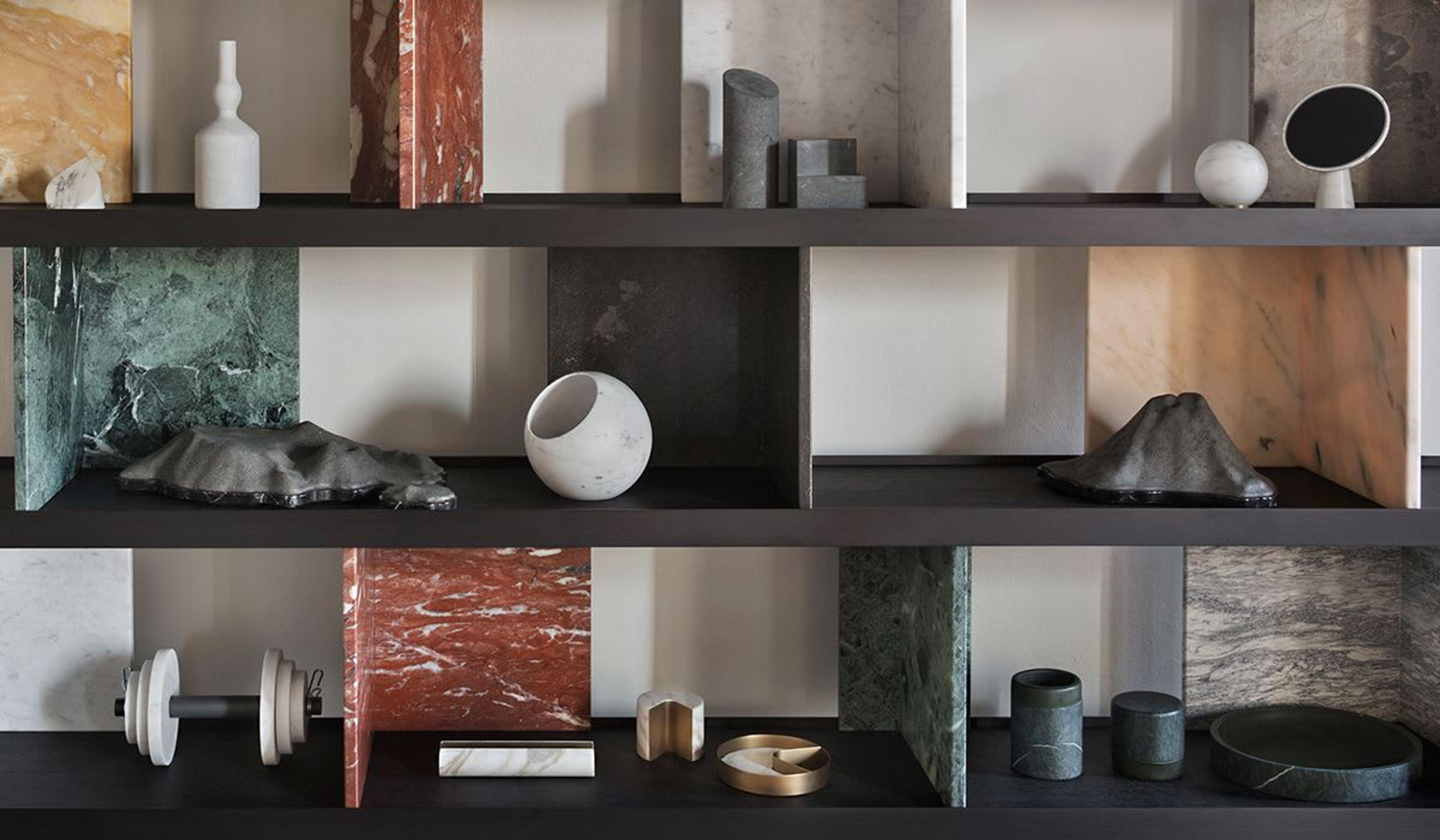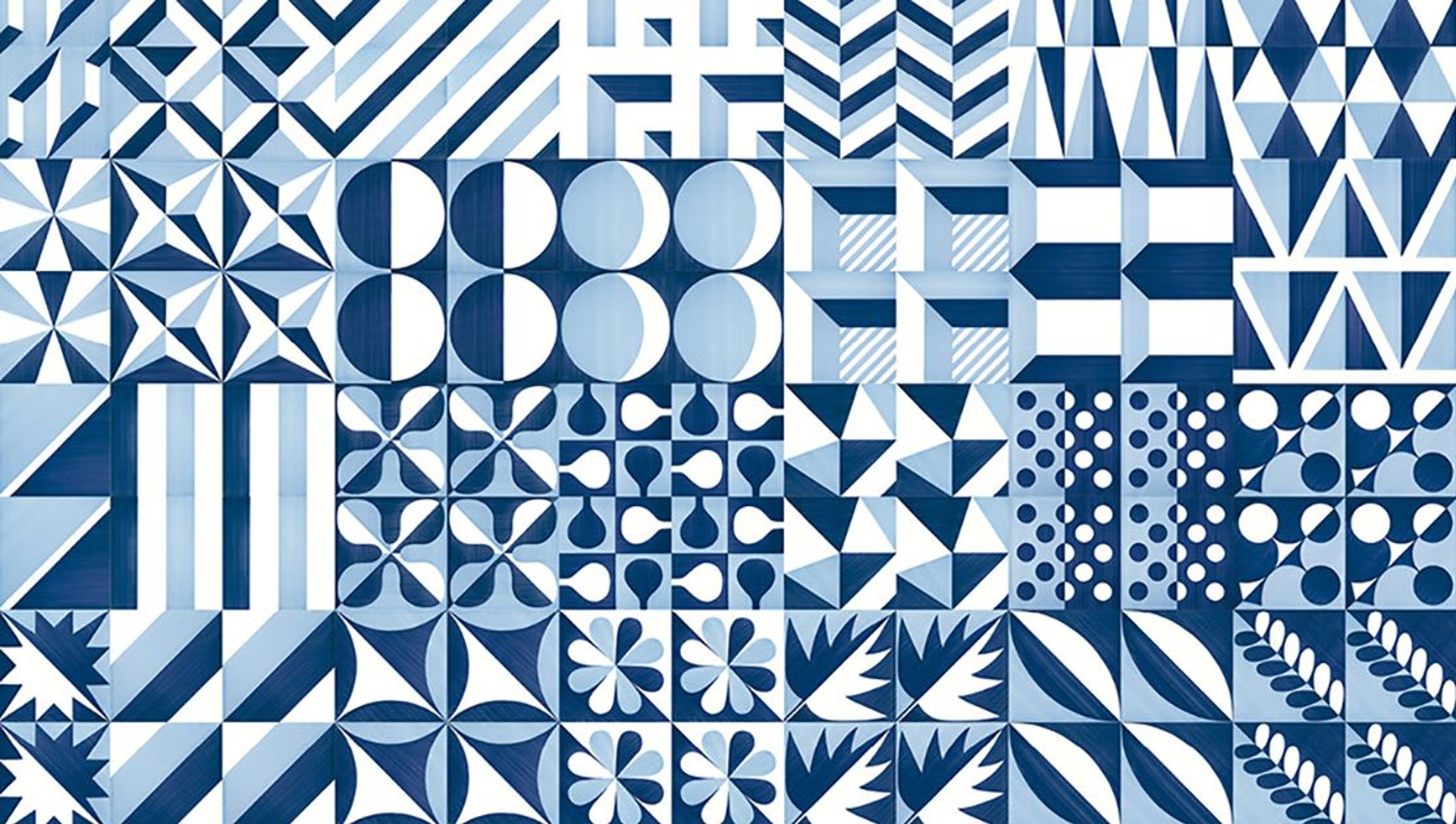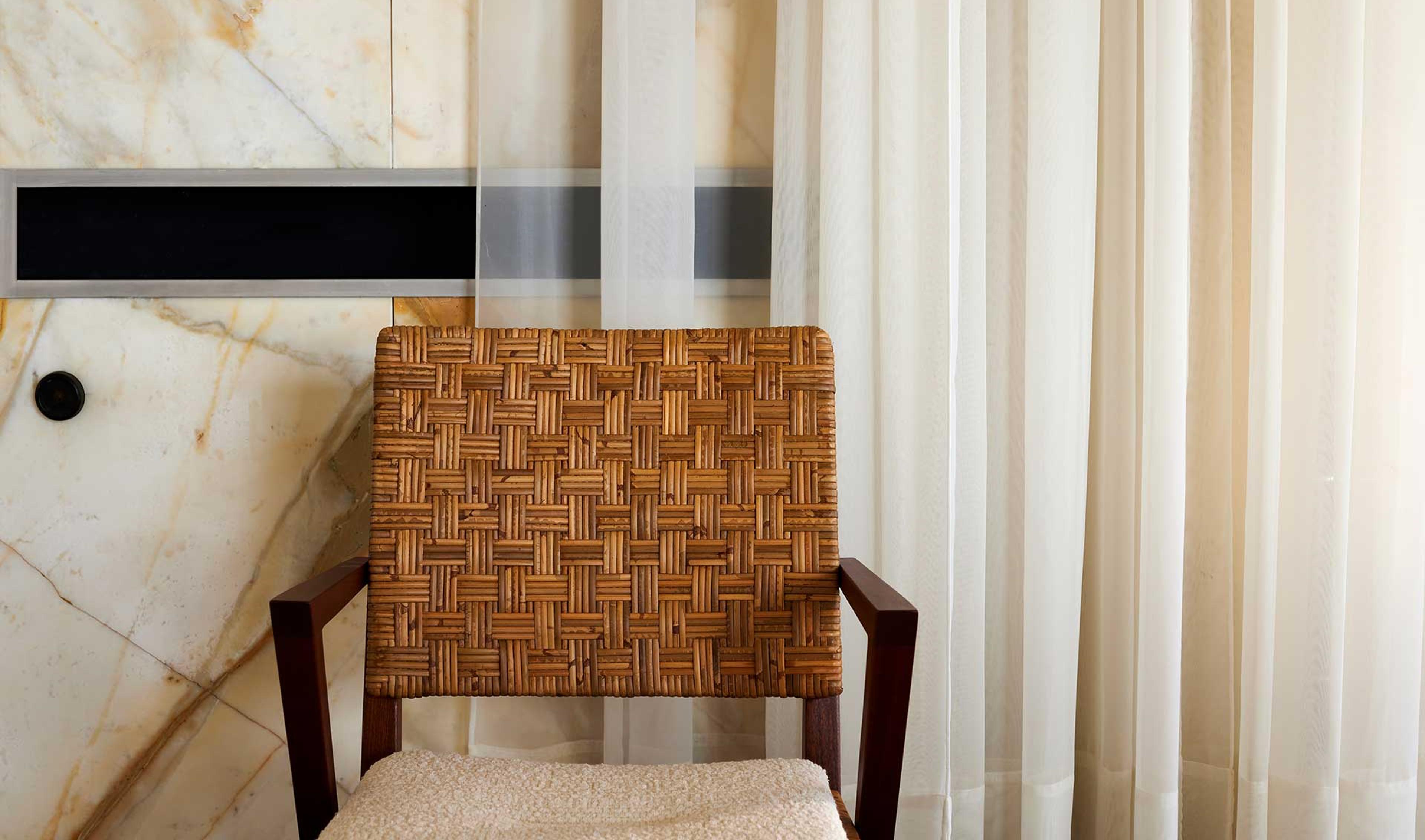
Design Icon: Carlo Scarpa
Discover the story of renowned designer Carlo Scarpa: from his years as a director of Venini Glassworks to his career as an architect and his controversies with the Italian associations that accused him of working without an actual degree. Explore how he led a generation of professionals and designers to new ventures in the post-war landscape, subverting the rules and disrupting the status quo, and browse through some of his iconic designs.
Carlo Scarpa was born in Venice in 1906, and spent the majority of his early childhood in the nearby city of Vicenza, where his family relocated, until he relocated back to Venice with his father and brother at age thirteen, after his mother's passing. Here, Scarpa progressed his studies at the Academy of Fine Arts, focusing on architecture and graduating with the title of Professor of Architecture, the title reserved to those graduates that didn't take the professional examination to officially become an architect. After graduating he started an apprenticeship with architect Francesco Rinaldo, where he met his future wife Nini Lazzari, the architect's niece.
The end of World War II marked the beginning of his professional career, but because Scarpa refused to sit the pro forma examination established by the Italian government, he never gained the formal title of Architect, and was not allowed to practice the discipline without effectively associating with an architect. This unusual circumstance was the first sign of his rebellious and offbeat personality, and gained him the nickname of "The Professor", used colloquially by his friends, family and even clients throughout his career.
His first exhibitions took place in 1932 at the Venice Biennale and, two years later, at the Milan Triennale.
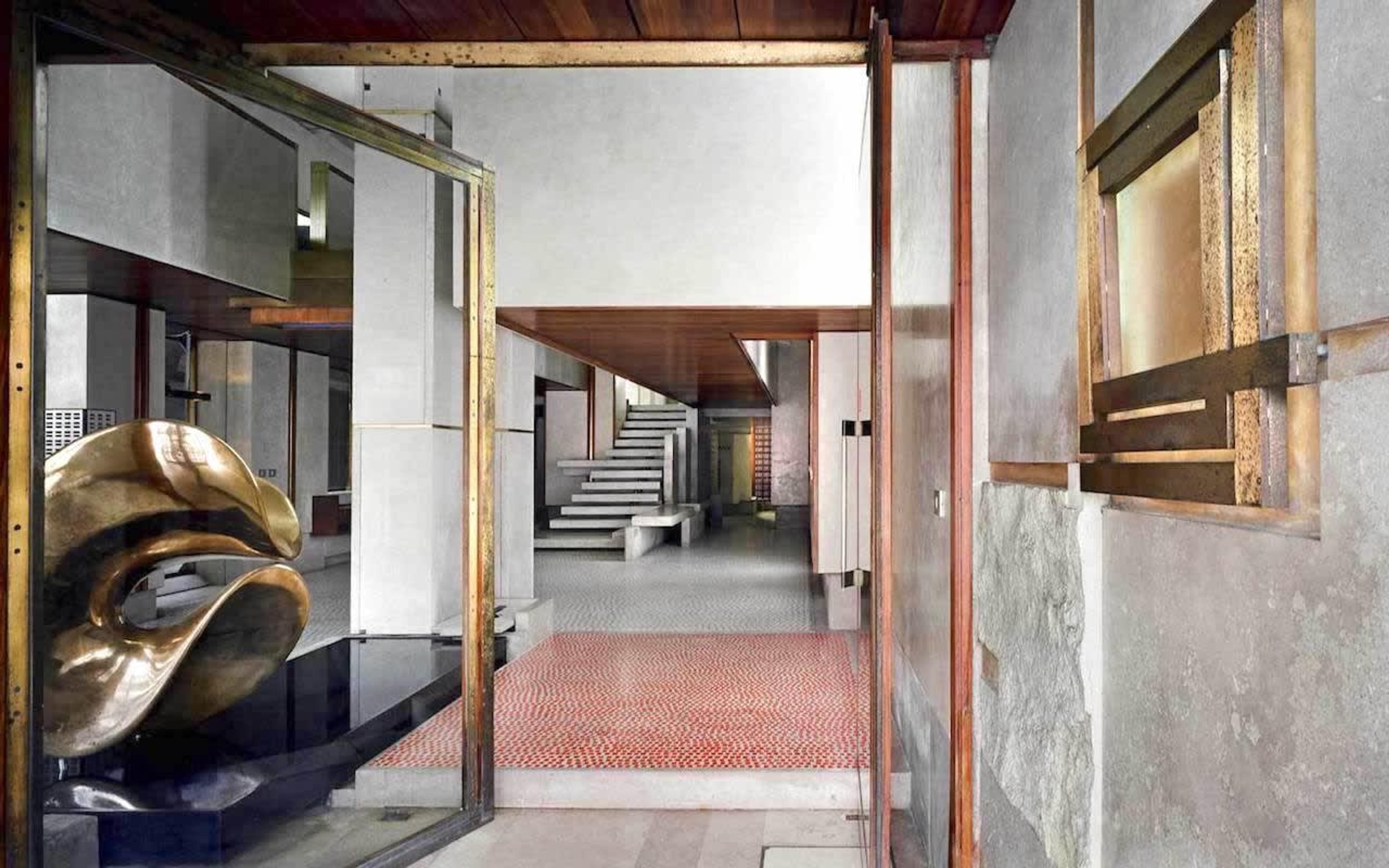
In 1932, he was nominated art director of historic glasswork brand Venini, a national institution in the Venetian mouth blown tradition. Here, he developed his personal style and vision for product design, putting craftsmanship and details first and foremost, and later applying them in his architectural practice. With Venini, he was able to continuously experiment with different sculpting and artisanal techniques, and focused his world on the sole material of glass, and the specificity of the creative process of a single piece. A good part of his designs is still issued today by the brand, including historic pieces with outstanding techniques like textured "battuto" glass and the "incalmo" technique, an ancient method dating back to the 16th-17th centuries. His collections as an art director were showcased at a exhibition held at Rooms for Glass in 2012, giving a detailed retrospective of his avant-garde work.
The experience with Venini lasted until 1947, and further launched the brand to international attention, paving the way for collaborations with renowned design icons such as Alessandro Mendini, Gio Ponti and Ettore Sottsass, to name a few.
